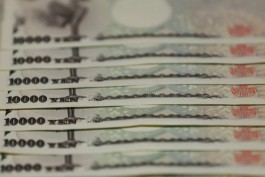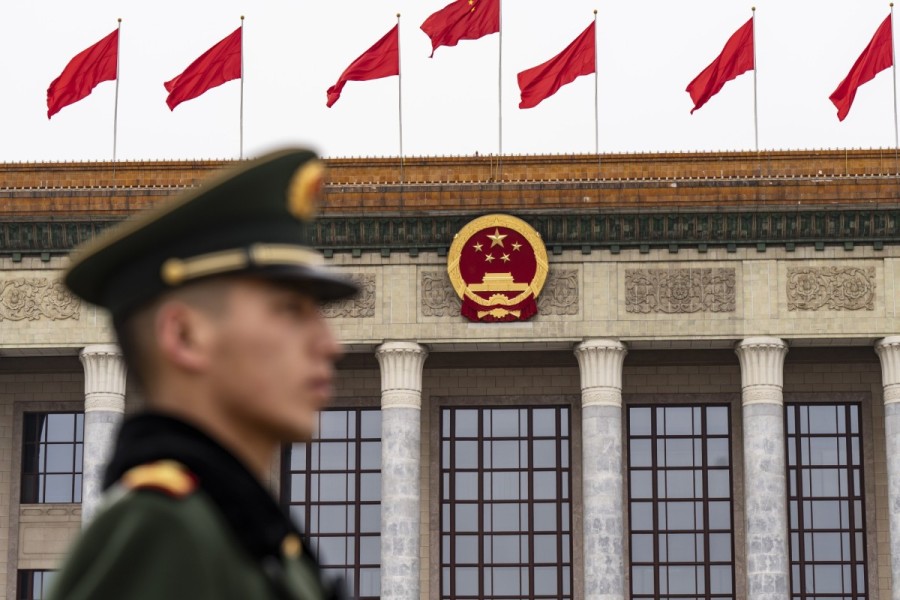China’s financial system is currently suffering from a shortage of low-risk assets, which is hampering the People’s Bank of China’s (PBOC) efforts to strengthen its monetary policy tools by re-introducing Treasury bond trading after a 17-year hiatus. The central bank’s determination to use bond buying and selling as a means of improving liquidity and stability in the market is being undermined by a lack of sufficient government bond issuance, creating an asset famine that makes it difficult to establish reliable standards for a vibrant bond market.
The People’s Bank of China’s (PBOC) strategy, inspired by President Xi Jinping’s October 2023 speech, aims to improve the monetary policy transmission mechanism, which is currently flawed. The central bank’s approach differs from Western quantitative easing and is designed to attract more issuers and investors to the bond market, thereby reducing reliance on inefficient bank lending to raise funds.
However, the central government’s long-standing practice of delegating investment project financing to local governments has led to unsustainable debt levels for these entities, while the central government has maintained a light balance sheet. This has led to a slow increase in its bond issuances, and the lack of adequate liquidity standards is slowing the People’s Bank of China’s plans to revive the economy.
A policy adviser, who asked not to be identified, noted that the conditions for using treasury bond trading as a central tool for market operations have not yet been met due to the scarcity of assets. The People’s Bank of China, which did not comment on the matter, said in a statement on May 8 that bond trading could serve as a means of liquidity management and a reserve for monetary policy tools, with the possibility of two-way trading.
The distortions in China’s bond market were highlighted last week when the debut of the first batch of long-term Treasury bonds this year saw prices soar 20% on illiquid exchanges, sending yields below the central bank’s policy rate and halting trading. The government plans to continue issuing bonds through November until the total reaches 1 trillion yuan ($138 billion), about 0.8% of gross domestic product.
Although China is the world’s second-largest issuer of bonds, Chinese entities, including local governments and policy banks, dominate the market. Banks, the primary buyers, tend to hold these bonds until maturity, limiting active trading in secondary markets. The People’s Bank of China last bought bonds in 2007, and its current holdings represent only 3.5% of its total assets, complicating efforts to use these holdings to boost liquidity in the market.
The central bank faces a delicate balancing act: Selling bonds could push yields higher and tighten financial conditions, while buying them could push yields lower and exacerbate concerns about capital outflows that are already weighing on the yuan. The PBOC may have to wait for more issuances, make smaller deals and time its purchases carefully to avoid triggering concerns about the monetization of the deficit.
Economists at Standard Chartered and Nomura expect the People’s Bank of China to start with small deals and potentially start trading the bonds within the next six months, although the exact timing remains uncertain. The central bank may choose to trade during periods of volatile interbank rates to help stabilize the market.









































